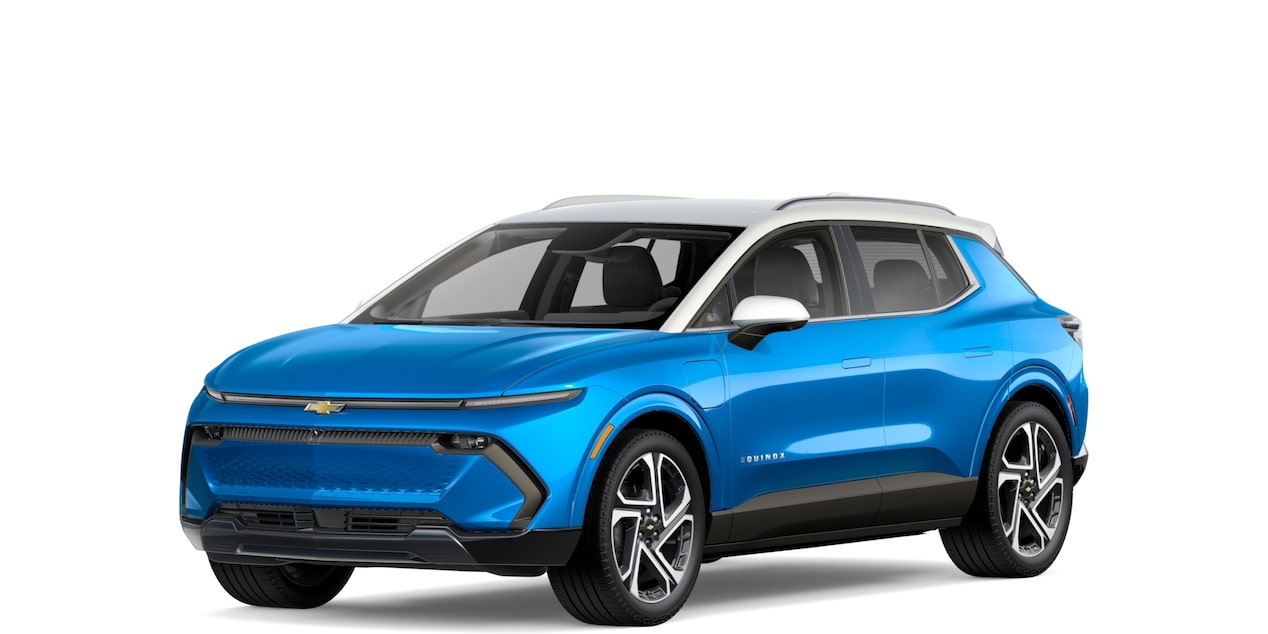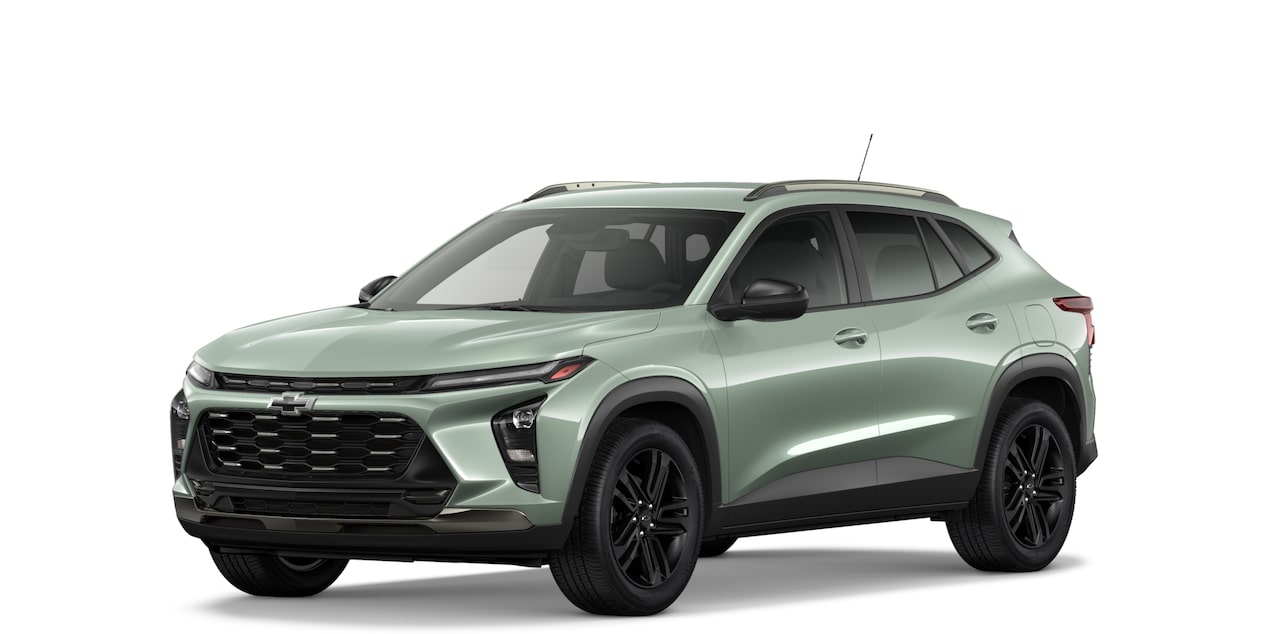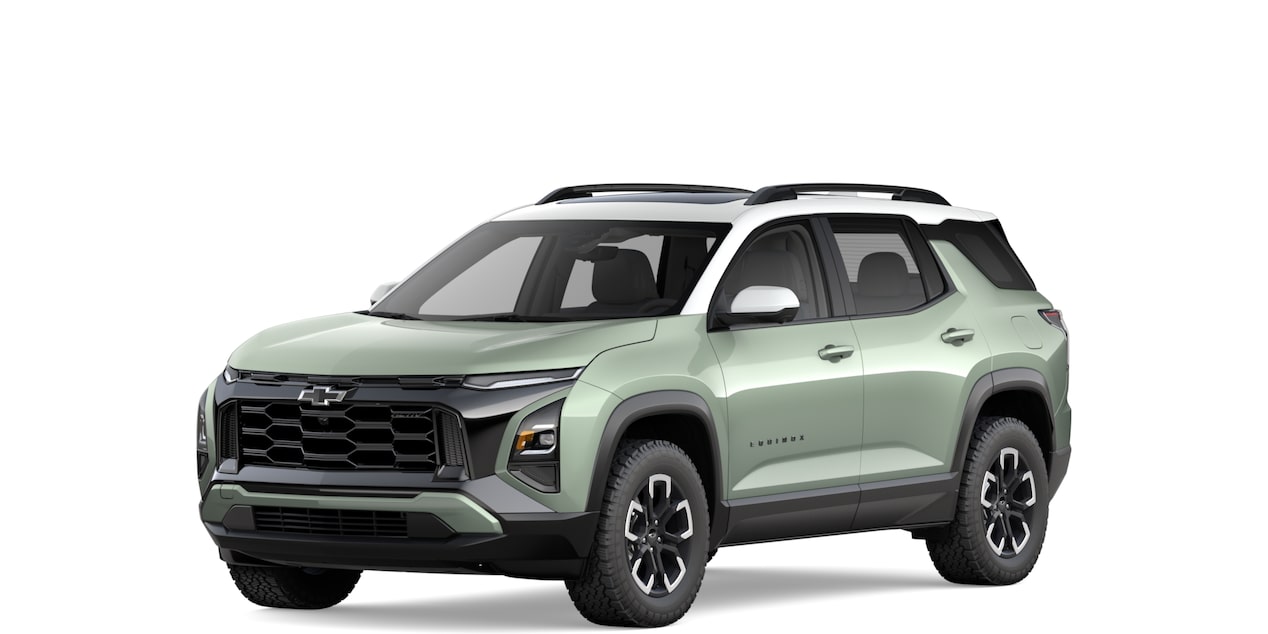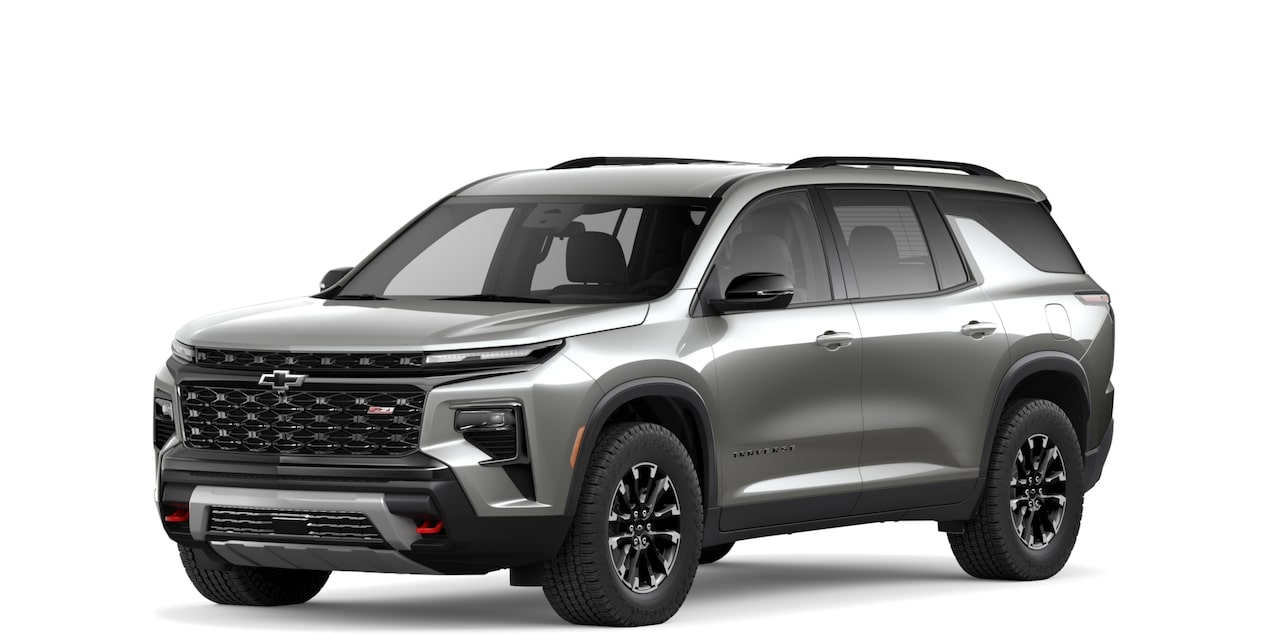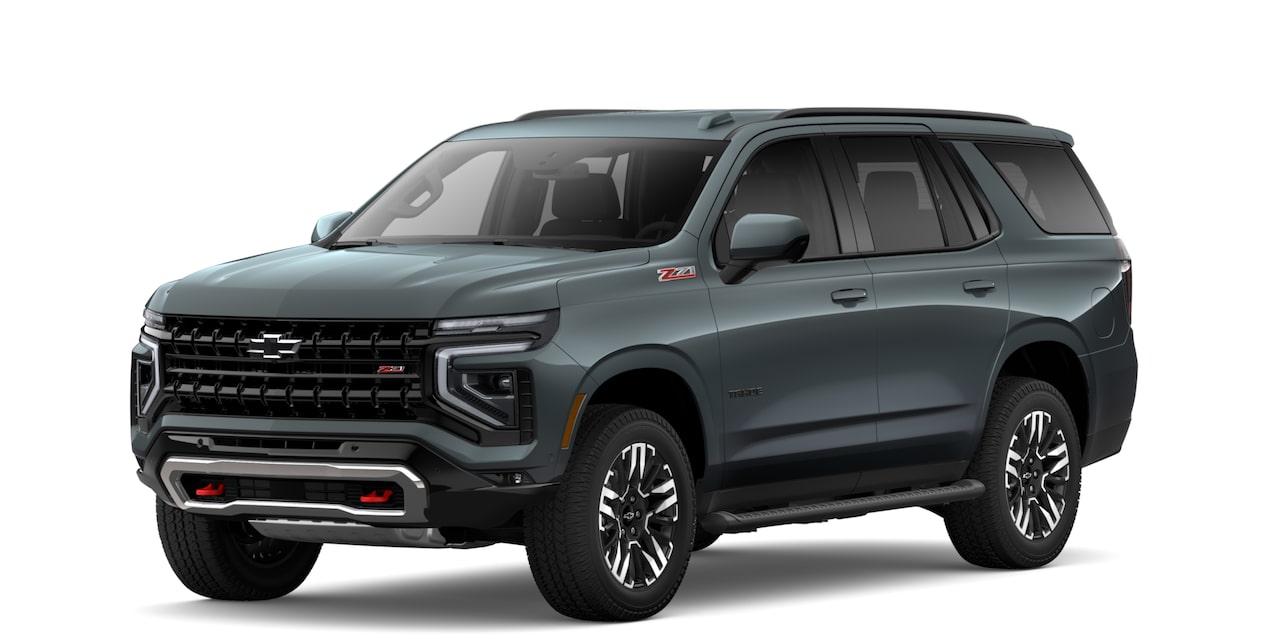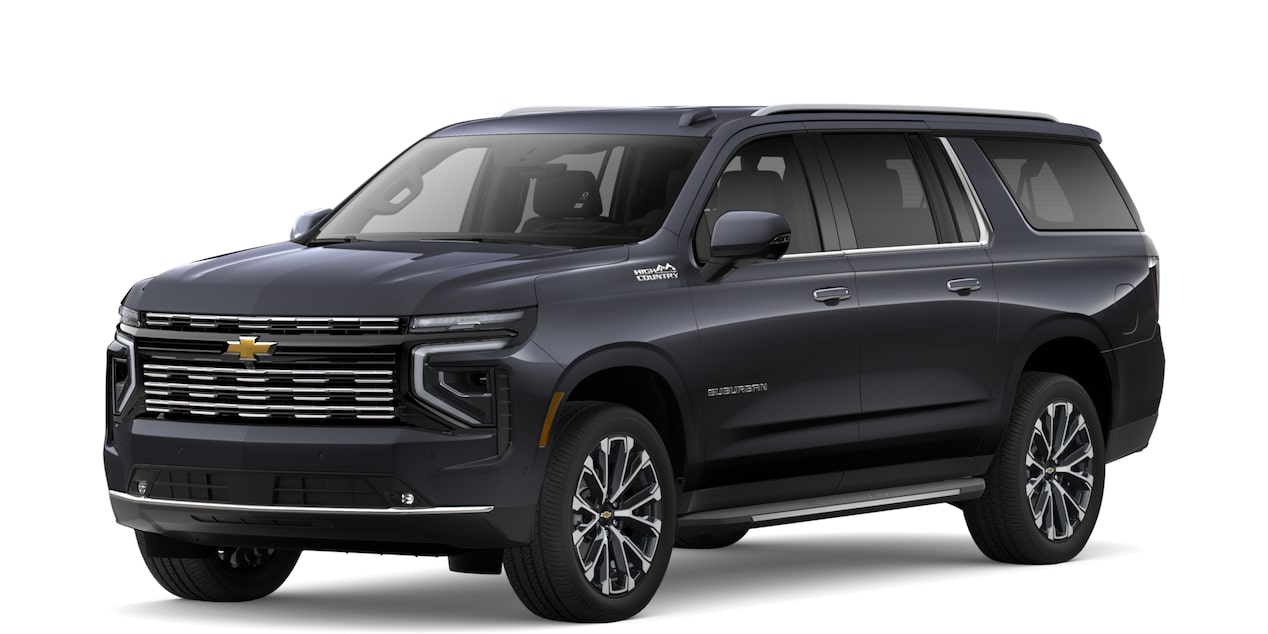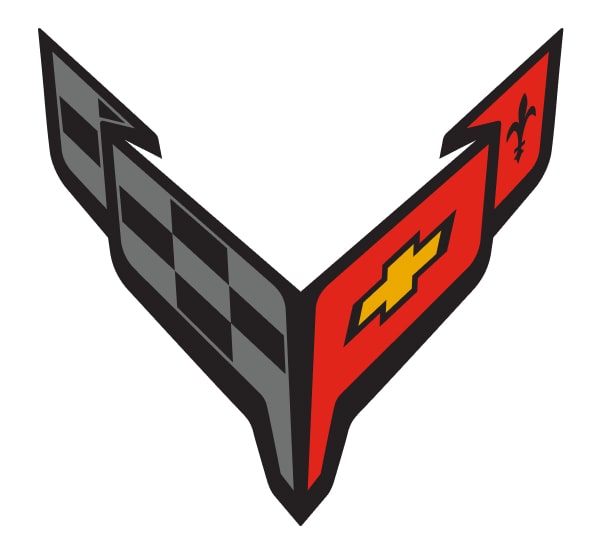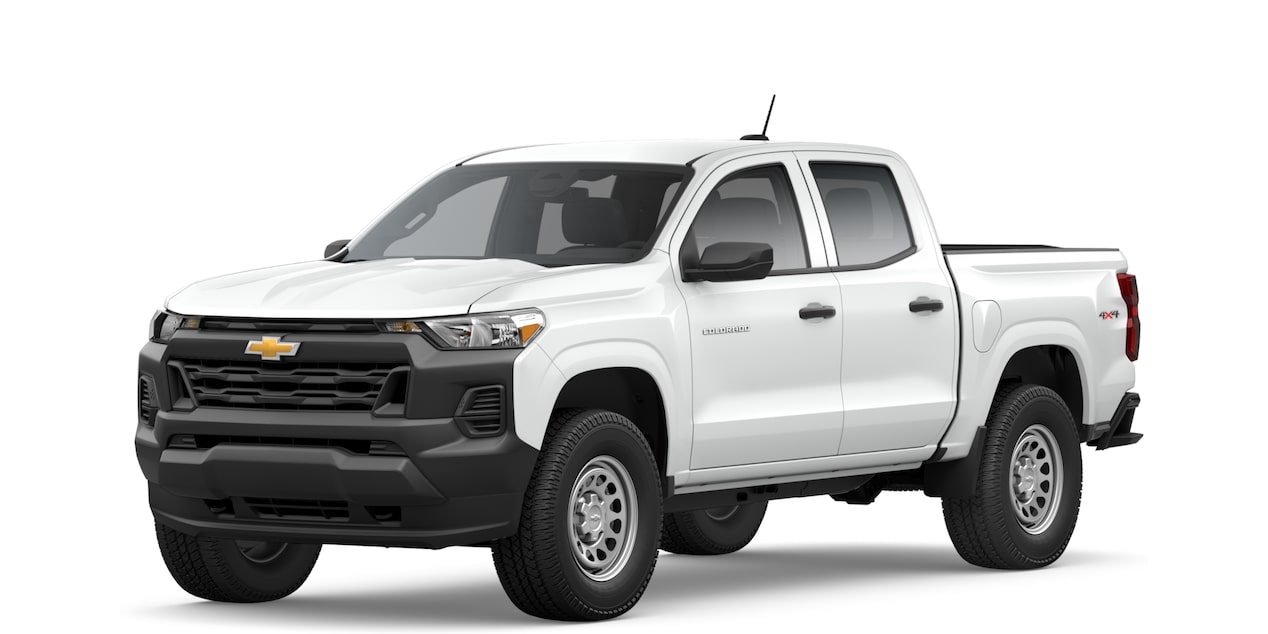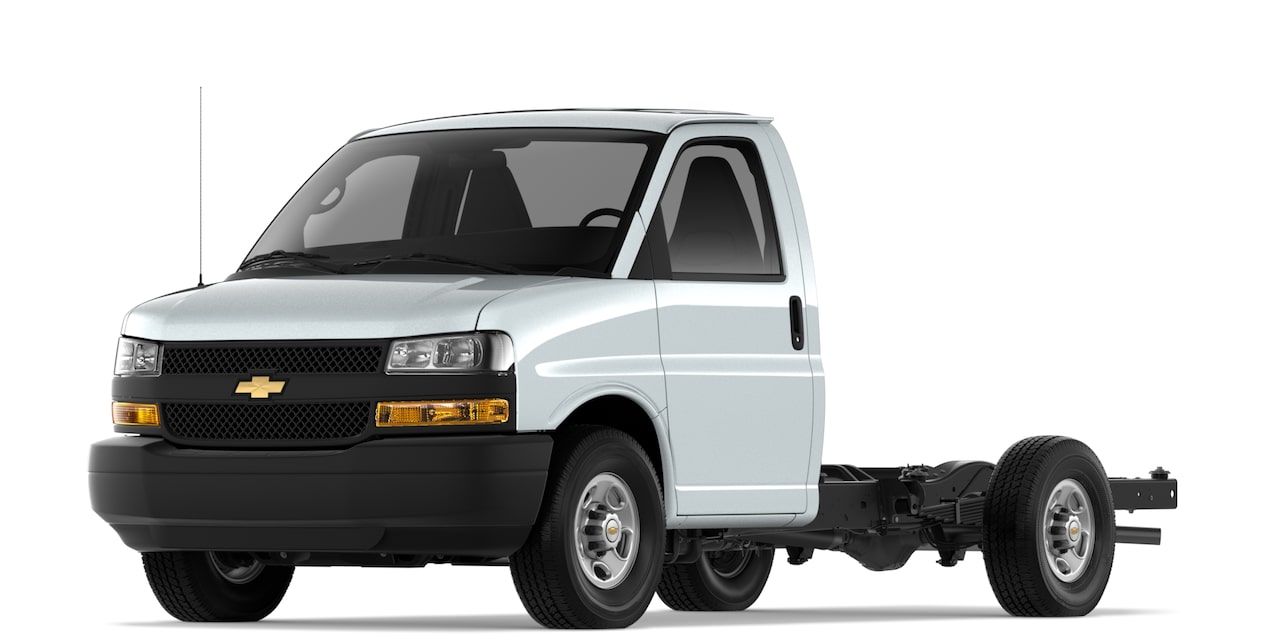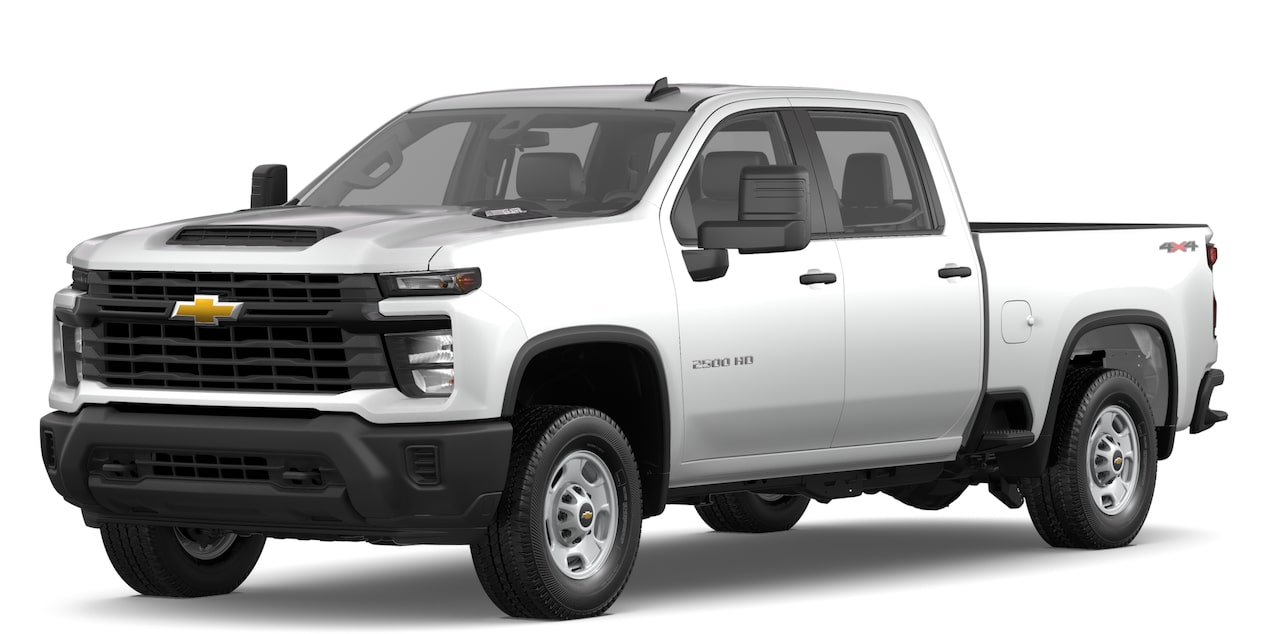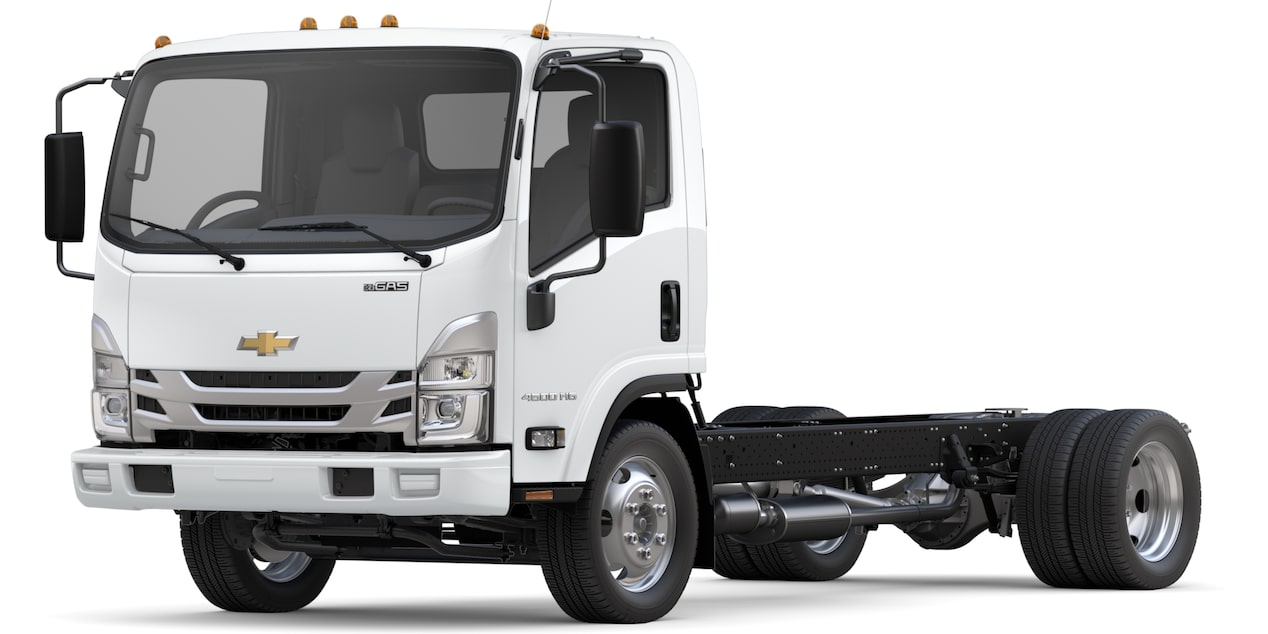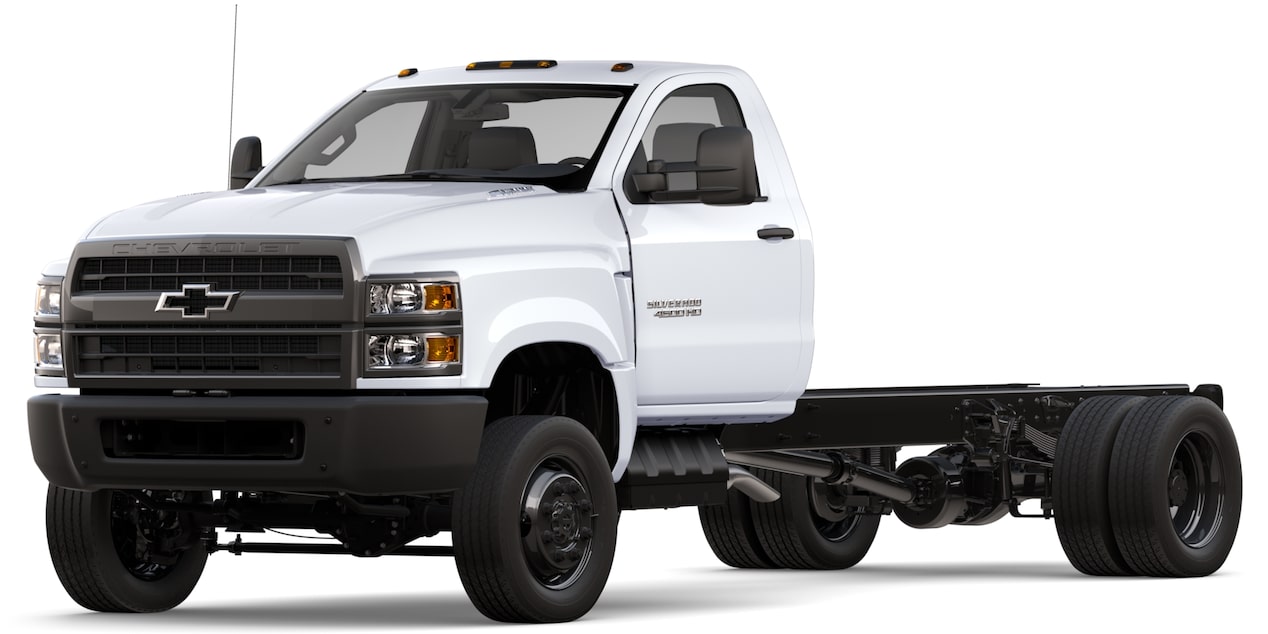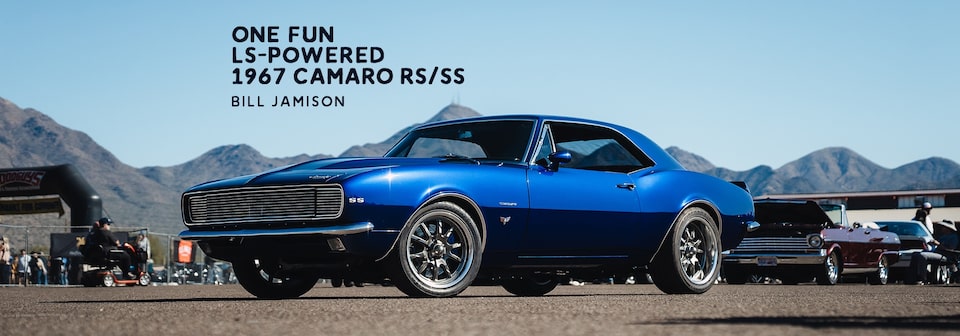
Published: 2/17/2023
One Fun LS-powered 1967 Camaro RS/SS
Author: DAN HODGDON
Photos: LUCAS PRIAMO
Share on
Share on
Visit us at
Visit us at
When Bill Jamison talks about his 1967 Camaro RS/SS, the word he returns to most often is "fun." He does so for good reason, the car is powered by a 6.2L GM-style LS3 crate engine* designed for modern performance.
When Bill Jamison talks about his 1967 Camaro RS/SS, the word he returns to most often is "fun." He does so for good reason, the car is powered by a 6.2L GM-style LS3 crate engine* designed for modern performance.

Bill Jamison's 1967 Camaro RS/SS is powered by a modern LS3 engine.
"I wanted the drivability, I wanted the horsepower with it."
"I wanted the drivability, I wanted the horsepower with it, it just drives amazing," he said during last fall's Goodguys Speedway Motors Southwest Nationals in Scottsdale, Arizona. "I love that motor."
Jamison, an aerospace engineer who lives in Phoenix, has built a variety of cars over the years and decided he wanted his next project to be a Camaro. His wife liked the idea – as long as it had vent windows.
"I said all right, '67 here we go," Jamison said.
He found the car locally in Arizona, but it was in very rough shape. That led to the replacement of more than three-quarters of the sheet metal. He purchased the car five years ago, and the entire project took around three years to complete.

The LS3 in Jamison's Camaro features Small-Block Chevy valve covers.
"I love the build as much as having the car done."
The build process is a lifelong love.
"In high school my brother and I built a '71 Chevelle SS, and of course, you can imagine with high school kids, it was a hot rod," Jamison said. "It wasn't a refined build, it was raw bones. But it was fun, that's how we got into it, and over the years I've just loved working on them. I love the build as much as having the car done. It's so much fun."
With his current Camaro build (his first LS project), Jamison is a fan of the fuel-injection component of the LS3 which allows for easy startup and use without the need for a carburetor or a distributor.
"I love the power delivery on it," Jamison said. "Especially the way it adjusts when I open the exhaust cutouts – it'll automatically calibrate and adjusts instantly. That is really cool. I really wanted hands-off, high horsepower. That just kind of sums up what the LS motor is right there."
He custom-built the firewall and utilized Dirty Dingo engine mounts to fit the LS3 in the engine bay, only finding he needed to change the oil pan. He also hid the LS3 coils utilizing Holley conversion plates which allow the use of Small-Block Chevy valve covers.
In addition, he chose an American Autowire Classic Update electrical system and a stock-replacement GM ECU and wiring harness, all of which is unseen as well. An Entropy custom radiator and fans keep the LS3 cool.
The engine is backed with a TREMEC T56 six-speed manual transmission paired with a heavy-duty McLeod dual-disc clutch.

This Camaro includes a variety of modern suspension upgrades.
"Really under the skin it's a modern car."
The gunmetal powder-coated subframe of the Camaro remains stock, but the car now features a SpeedTech Performance Road Assault front suspension package with coilover shocks and a nine-inch rear end with SpeedTech Performance's Torque Arm rear suspension system. Detroit Speed subframe connectors are underneath the car, as is an E-Stopp electric parking brake and Viking dual adjustable shocks.
"Really under the skin it's a modern car," Jamison said.
The car's exterior was originally Butternut Yellow, but today it is finished in Jamison's ideal shade of blue, a 2018 Acura color known as Still Night Pearl. Charly's Garage in Mesa, Arizona, painted the car. Other exterior modifications include a modified cowl hood, shaved door and trunk locks, shaved bumper bolts and Gen II mirrors.
"It's a true RS/SS so I didn't want to go too crazy with it," Jamison said.
The Camaro rides on Firestone Firehawk tires measuring 215mm in the front and 275mm in the rear. They wrap around Ridler wheels sized at 17 x 7 up front and 18 x 9.5 out back. Jamison didn't mini-tub the car, but did find he had to narrow the rear end about an inch and a half on each side for fitment.
Stopping power is provided by a Baer Front Track4 brake system and SS4+ rear system, all with 13-inch vented discs.

TMI Products was responsible for much of the interior.
As for the black interior, the location of the components is mostly stock, but Jamison had TMI Products build the seat covers, door panels, dash cover, console and trunk kit. The TMI team also upgraded the foam and added blue stitching to match the Camaro's exterior.
Jamison custom-built the carbon-fiber dash panel himself, which is now outfitted with a Dakota Digital HDX gauge system. Other modern upgrades include a Digital Guard Dawg keyless entry and push-button start system.

Bill Jamison with his 1967 Camaro RS/SS.
"Seeing what everybody does with their car, you always find something different."
Although the build was Jamison's first LS project, it was far from his first build from the late '60s. Among his others are a 1967 Camaro he sold at Barrett-Jackson in 2012 and a '68 Corvette he built for his twin brother in Seattle.
He hits a wide range of shows each year, enjoying both the camaraderie and creativity that programs like Goodguys provide.
"It's just such great people," he said. "Seeing what everybody does with their car, you always find something different. It's cool and a lot of my friends come here. The exhibitors are always fun, too."
There's that word again. It can be applied to all aspects of the automotive hobby, but especially the vehicle itself.
"It's been so much fun," Jamison said of his 1967 Camaro. "I just love this thing."
Keep watching The BLOCK for a wide range of Chevrolet Performance-powered builds from around the country, including many with LS3 crate engines* similar to the one found in Bill Jamison's 1967 Camaro RS/SS.
*Because of their effect on a vehicle's emissions performance, these engines are intended exclusively for use in competition vehicles. These engines are designed and intended for use in vehicles operated exclusively for competition: in racing or organized competition on courses separate from public streets or highways. Installation or use of these engines on a vehicle operated on public streets or highways is likely to violate U.S., Canadian, state and provincial laws and regulations related to motor vehicle emissions.

